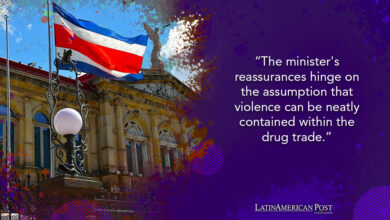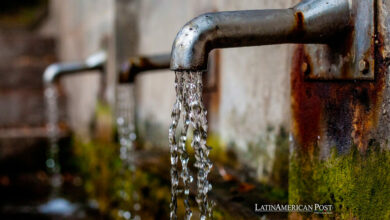Central America: Alert for massive fish death
The ecological tragedy threatens both the economy and the health of hundreds of inhabitants
During the last weeks, the Lempa River that crosses Guatemala, Honduras, and El Salvador, has become the scene of an evident ecological tragedy. Thousands of fish float lifeless on the surface of the affluent, leaving citizens, environmentalists, and farmers in various areas of the region paralyzed.
The Lempa River has a distance of 422 kilometers. Born in Guatemala, it travels through Honduras and finally ends in the Pacific of El Salvador. During its trajectory, Lempa water is used to irrigate crops, feed hydroelectric plants, and supply the consumption of citizens, mainly in El Salvador.
For this reason, the fish mortality activated the alarms in several regions of the three Central American nations, alerting the community regarding the consumption of contaminated water.
“I urgently call on the environment ministers of the three countries to stop this ‘ecocide,'” said Héctor Aguirre, director of the Tri-national Mancomunidad Río Lempa, told AFP news agency. The director argues that the massive death of fish not only represents an environmental threat, but also a significant economic loss for the hundreds of families that depend on fishing and agriculture.
According to stories of farmers interviewed by AFP journalists, in recent history there has never been an environmental catastrophe like the current one in the Lempa River. One of the farmers contacted, even said that in his years of work he never imagined witnessing the end of fish species such as guapote, tepemechin and tarpon.
What is causing the uncontrollable mortality?
Environmentalists blame coffee producers in Guatemala for the massive death of fish in the Lempa. According to explanations from specialists in the subject, the water used to depulp and wash coffee is thicker and contains chemical compounds. Once the water is released IGNORE INTO rivers or comes in contact with clean water, it removes oxygen. As a consequence, the fish die asphyxiated.
In accordance to environmental studies carried out by the San Carlos University in Guatemala, the Lempa River, in general conditions, remains contaminated. However, the situation intensifies during the coffee harvest season.
As the director of the Tri-National Association of Rio Lempa claims, “the solution lies in the fact that the States apply legislation and that the private sector of this region is supported to convert the coffee industry through investments that allow it to continue generating employment and development without to pollute”.
This is not the first time that pollution in the water causes the mass death of aquatic species in Latin America. In previous months, Mexico staged a similar scenario, when thousands of fish floated lifeless in the Hardy River and the Laguna de Mexico.
In October of 2017, Paraguay was another country that witnessed the death of between 5,000 and 10,000 fish in the Confuso River, located near the area known as the Gran Chaco Americano, a huge South American ecosystem that stretches across Argentina, Paraguay, Bolivia and Brazil. On this occasion, the loss of oxygen in the water, caused by the dumping of industrial liquids in the water zone, would have been responsible for the ecological damage produced.
Faced with these recurring events, the environmental authorities of different nations agree that although there is an attempt to closely monitor the industrial practice, it is difficult to control in its entirety the use and disposal of toxic waste that these giant producers generate on a daily basis.
LatinAmerican Post | Krishna Jaramillo
Copy edited by Marcela Peñaloza





